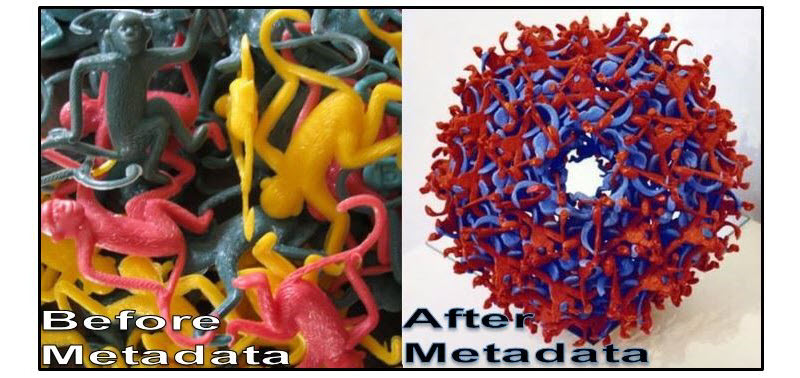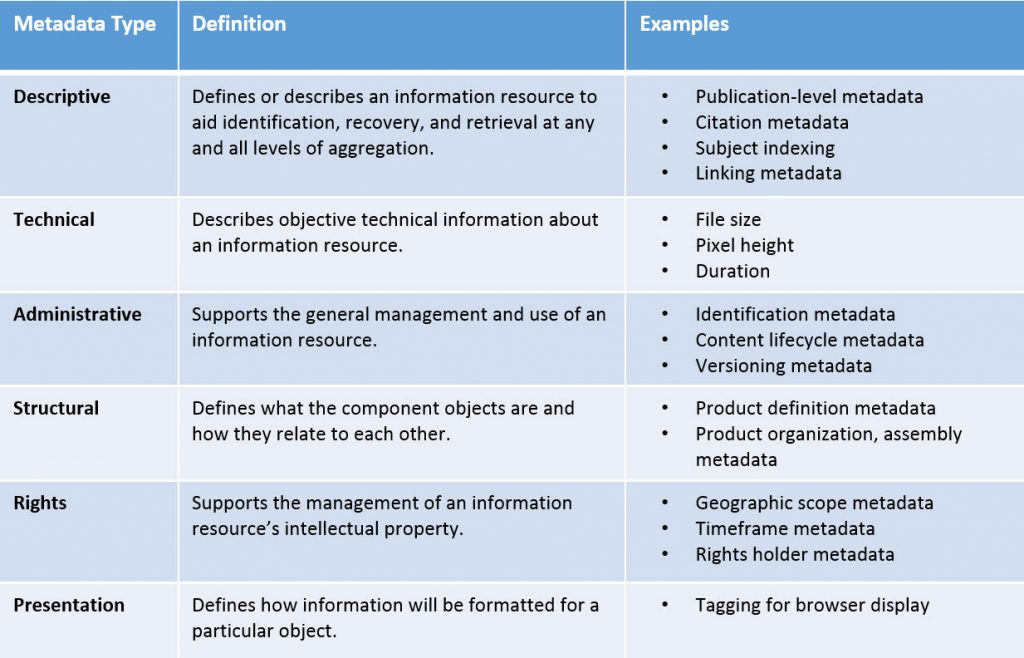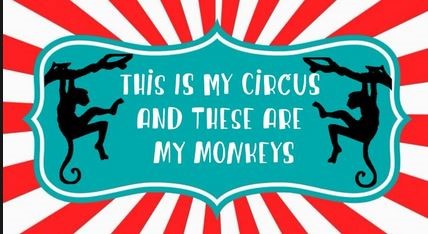| By Maureen McClarnon |
Indulge me, for a moment, with my own story about the value of metadata, from way before I worked for Cengage Learning or knew about indexing. This is before I knew what “tagging” meant, or had ever even thought I might go to library school one day.
Metadata can do many things, but its greatest value—from my standpoint as a user—was (and is) discovery. When I was a Ph.D. student, researching the many, many papers I had to produce each semester, I familiarized myself with these (relatively new–and certainly new since the last time I’d been in school) online databases. Some of the articles had full text (saved me money on copiers). More importantly, these articles had links: links to related topics; links to the articles in the bibliography; sometimes links to citations of the article I was reading in articles by other authors; and maybe even the author’s name was a clickable link to lead me to their other work. Beyond just clicking on things, I learned what terms could be searched for together, and what other terms could lead me to the content I wanted. Thus I expanded my reach and my grasp.
What is “metadata”? One definition that gets thrown about is “data about data,” but that’s broad to the point of not being useful. Metadata does come in some basic flavors:
I want to introduce you to metadata as a path to discovery, in two meanings of the word: the way we use it in the industry, to mean “uncovering the content we want,” and in the sense of “finding new worlds.” Good metadata can help a user find exactly what she wants, but it can also lead her to unexpected troves of information she didn’t know existed. If you stick with me over the next few weeks, I’ll show you examples of these types of metadata in Gale’s products (although, honestly, we won’t go into Presentation Metadata much, if at all), tell you a little bit about the people in the Content & Metadata group whose work makes this possible, and along the way you’ll find out how to use metadata to your advantage.
Do you ever wonder what would happen to Gale’s content without metadata? Our products would be extremely difficult to use. Imagine big blobs of text with nothing to differentiate them: Try finding a needle in a haystack, then throw it back, and try to find it again, when there might be some other, really similar needles in there (and maybe tetanus). Then ask customers to do the same thing. That’s…yep, less fun than a barrel of monkeys, and I really dislike monkeys. Attach even the most basic metadata fields—title, author, publication name—and that piece of content (provided all of those fields are germane—but even “title” is better than nothing) becomes more available to the user.
Want to find out more? Stay tuned for Part 2-5. I’m Maureen McClarnon, Senior Metadata Architect, and:




